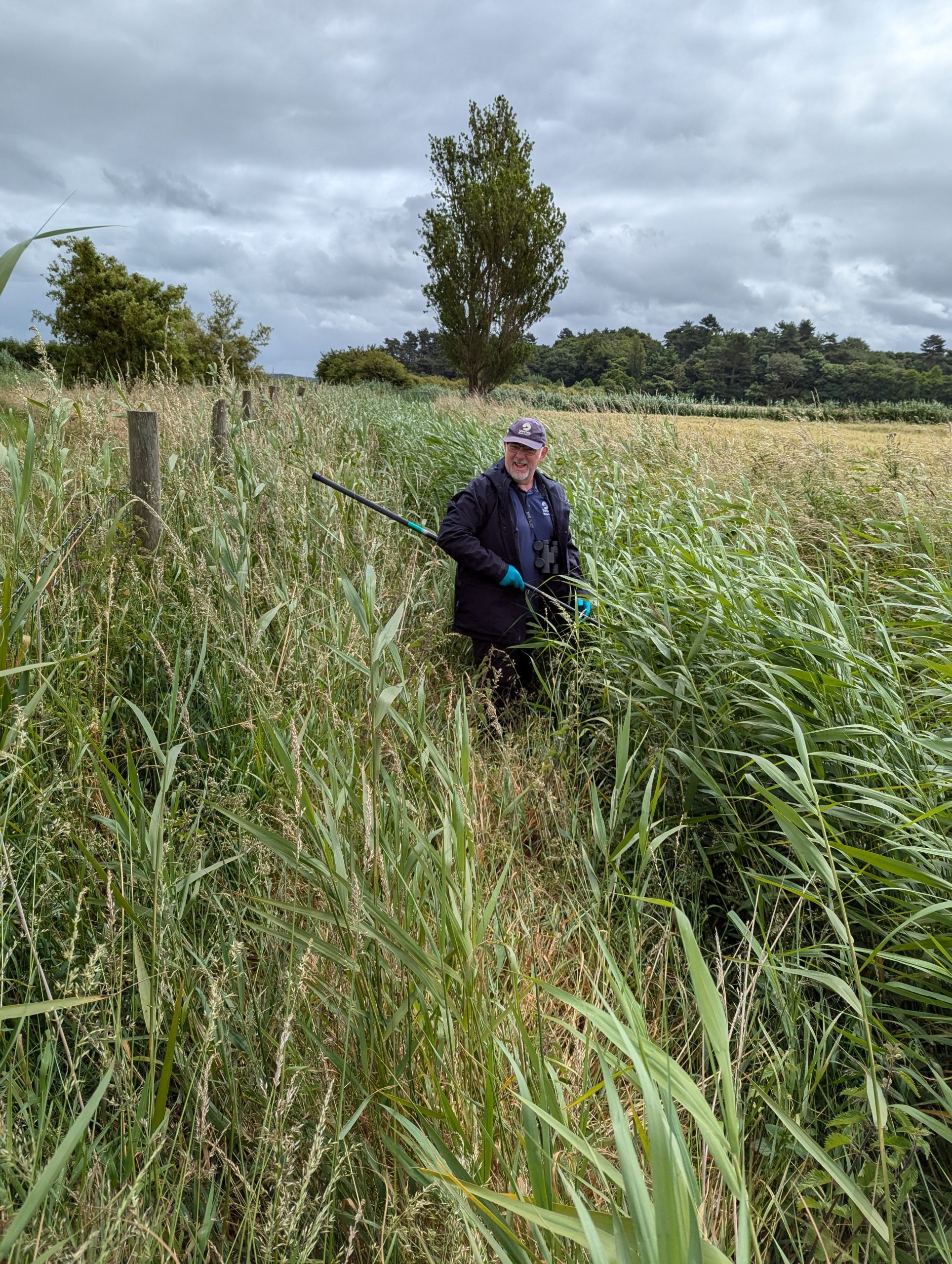Background
The Liverpool City Region Farmland Species Recovery Project began in August 2023 and completed in March 2025. Beyond this period up to 2030, Merseyside Environmental Advisory Service (MEAS) with support of the landowner will carry out monitoring and essential maintenance of the capital habitat works undertaken.

The Project is designed as a farmland demonstrator targeting recovery of 10 farmland species including a range of birds, brown hare, water vole and purple ramping fumitory (a plant of arable margins) which are species of principle importance and in a state of local and nation decline. This Project was funded by Natural England’s Species Recovery Programme Capital Grant Scheme and Merseyside Environmental Advisory Service. Mersey Rivers Trust and National Farmers Union also provided support on baseline surveys, capital works design, farmer liaison and agri-schemes.
Target Species
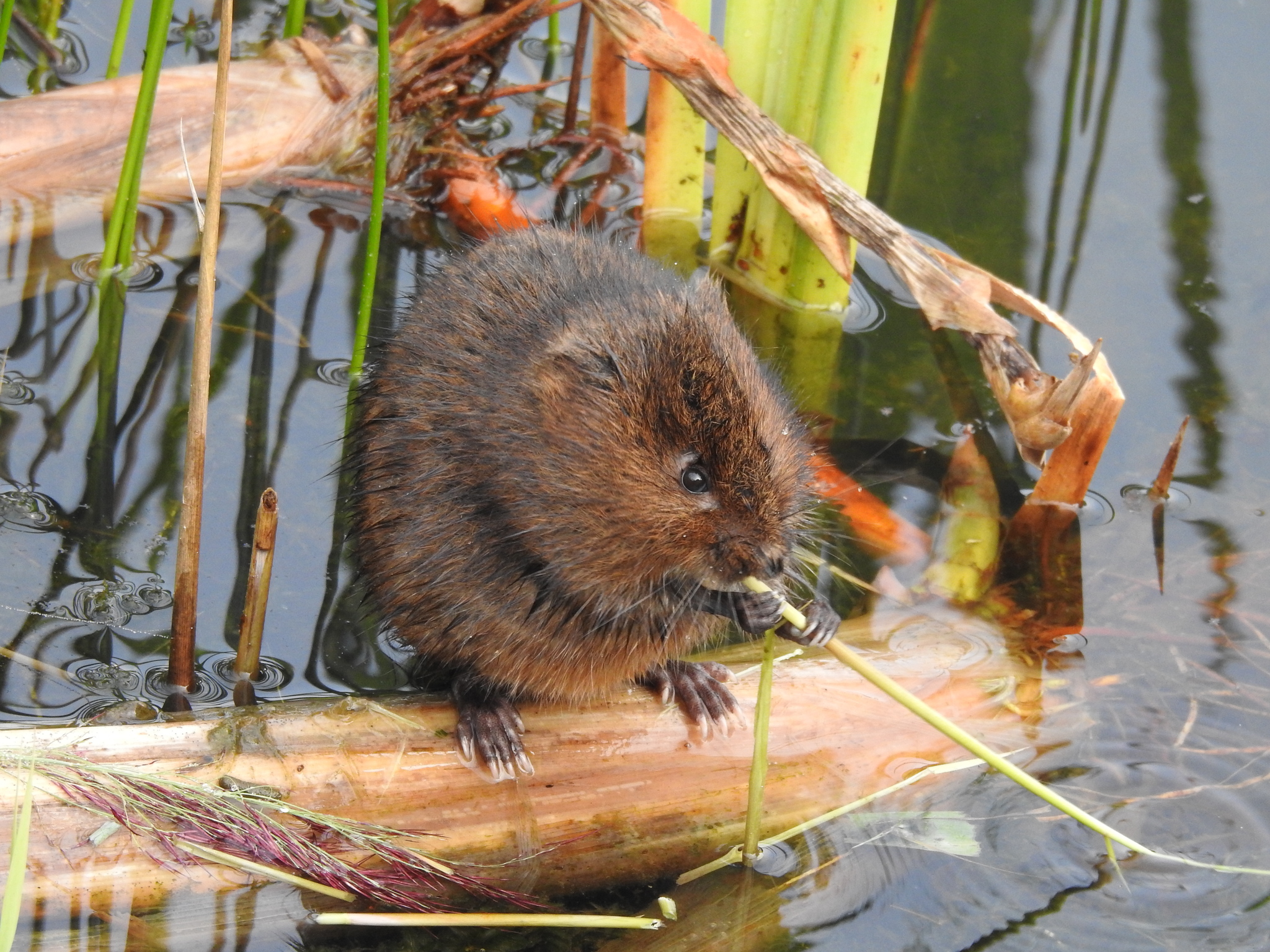
Water Vole
Image: Dr John Pinnegar
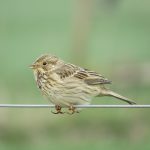
Corn Bunting
Image: Graham Clarkson
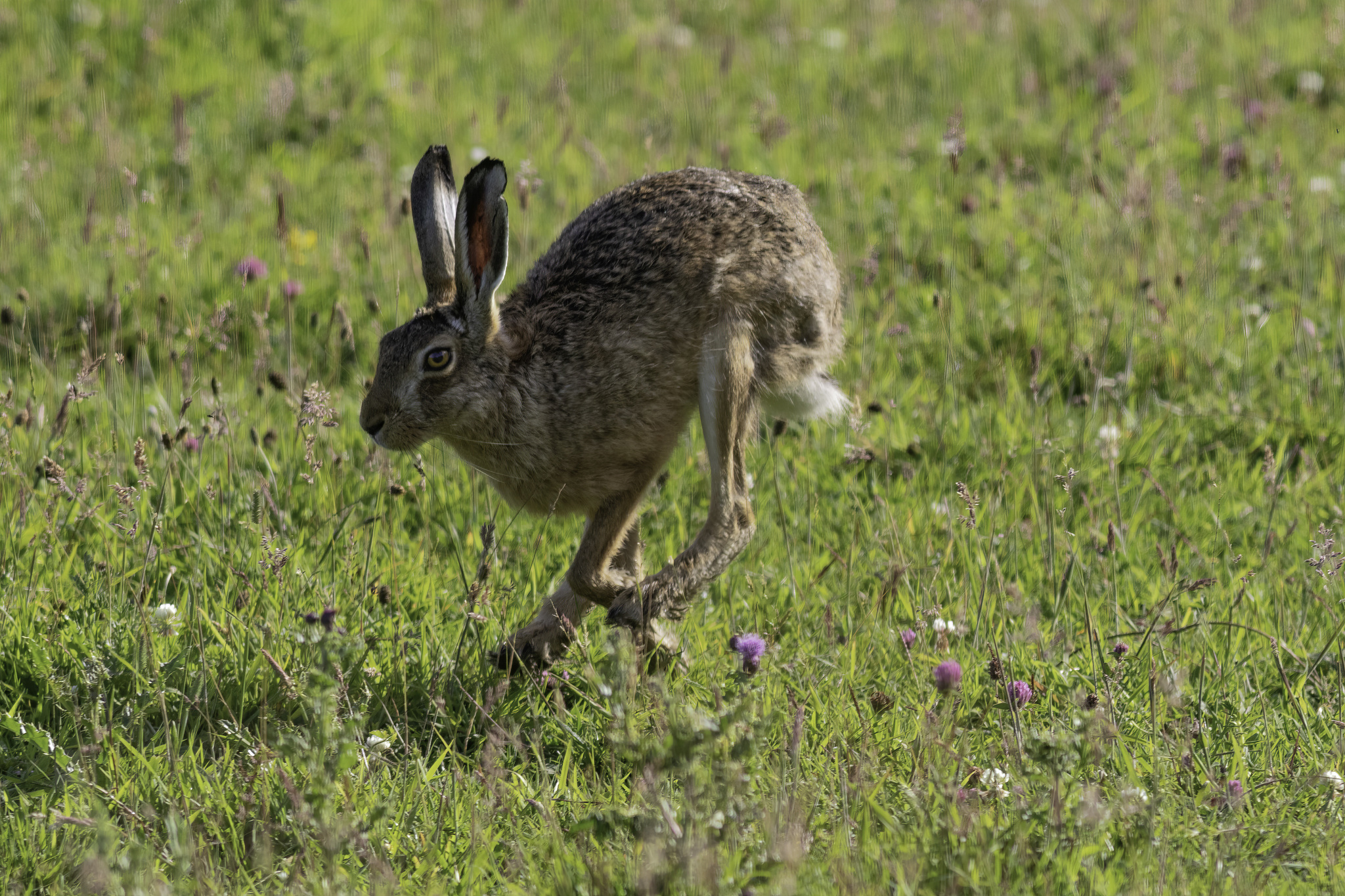
Brown Hare
Image: Iain Robson
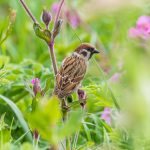
Tree Sparrow
Image: Max Carter
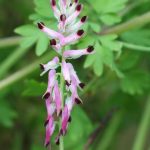
Purple Ramping Fumitory
Image: Joshua Styles
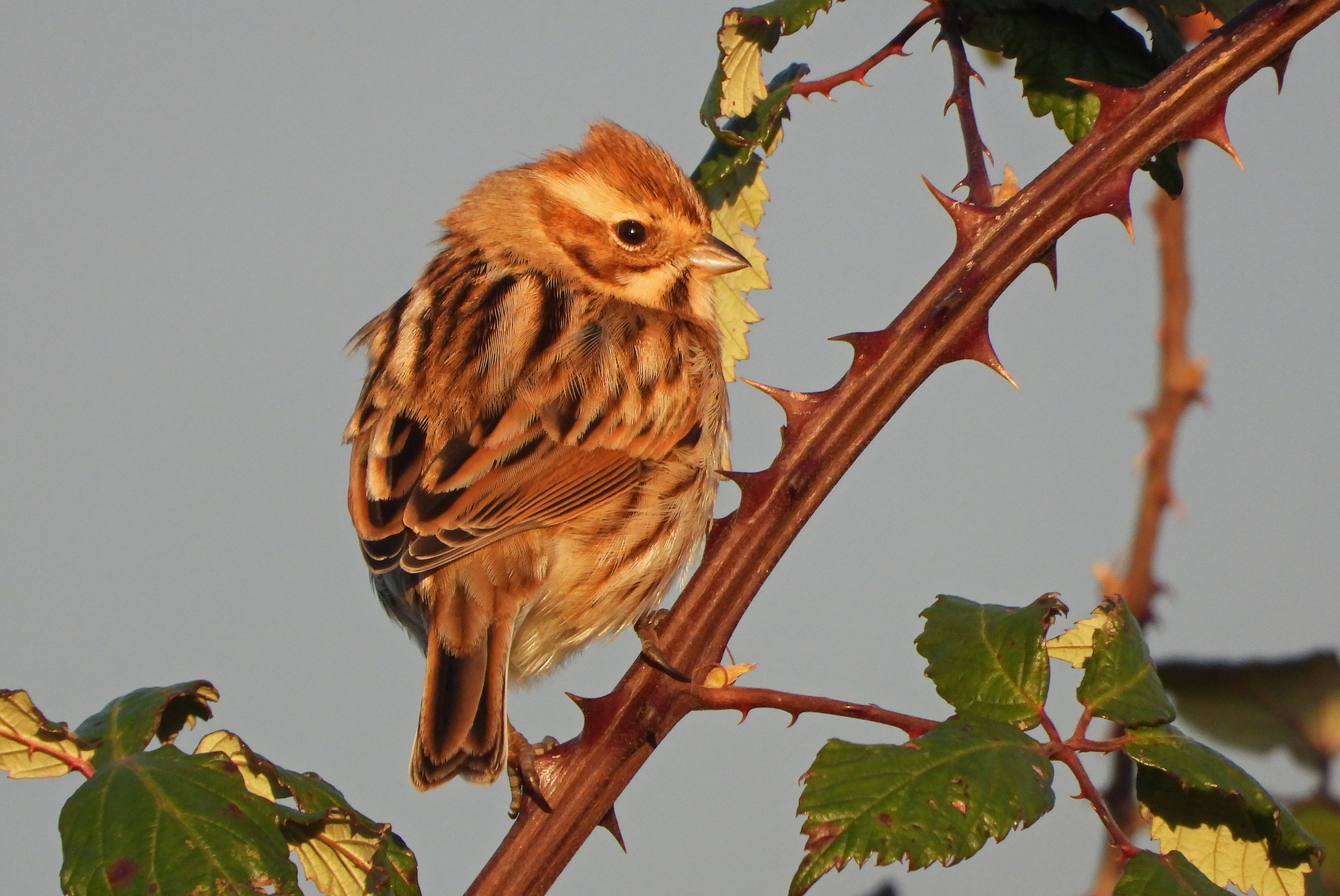
Reed Bunting
Image: Paul Lewis
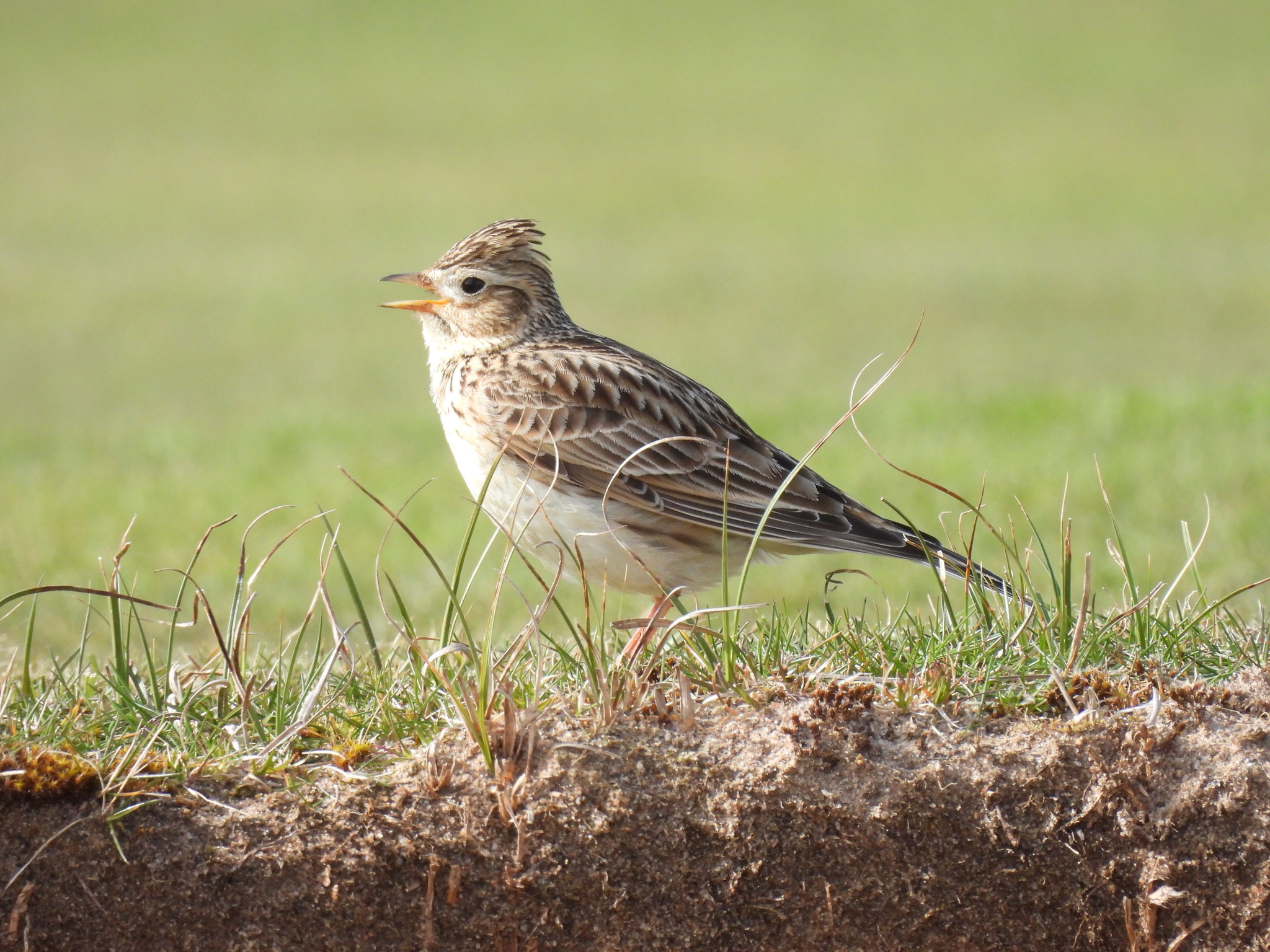
Skylark
Image: Graeme Baxter
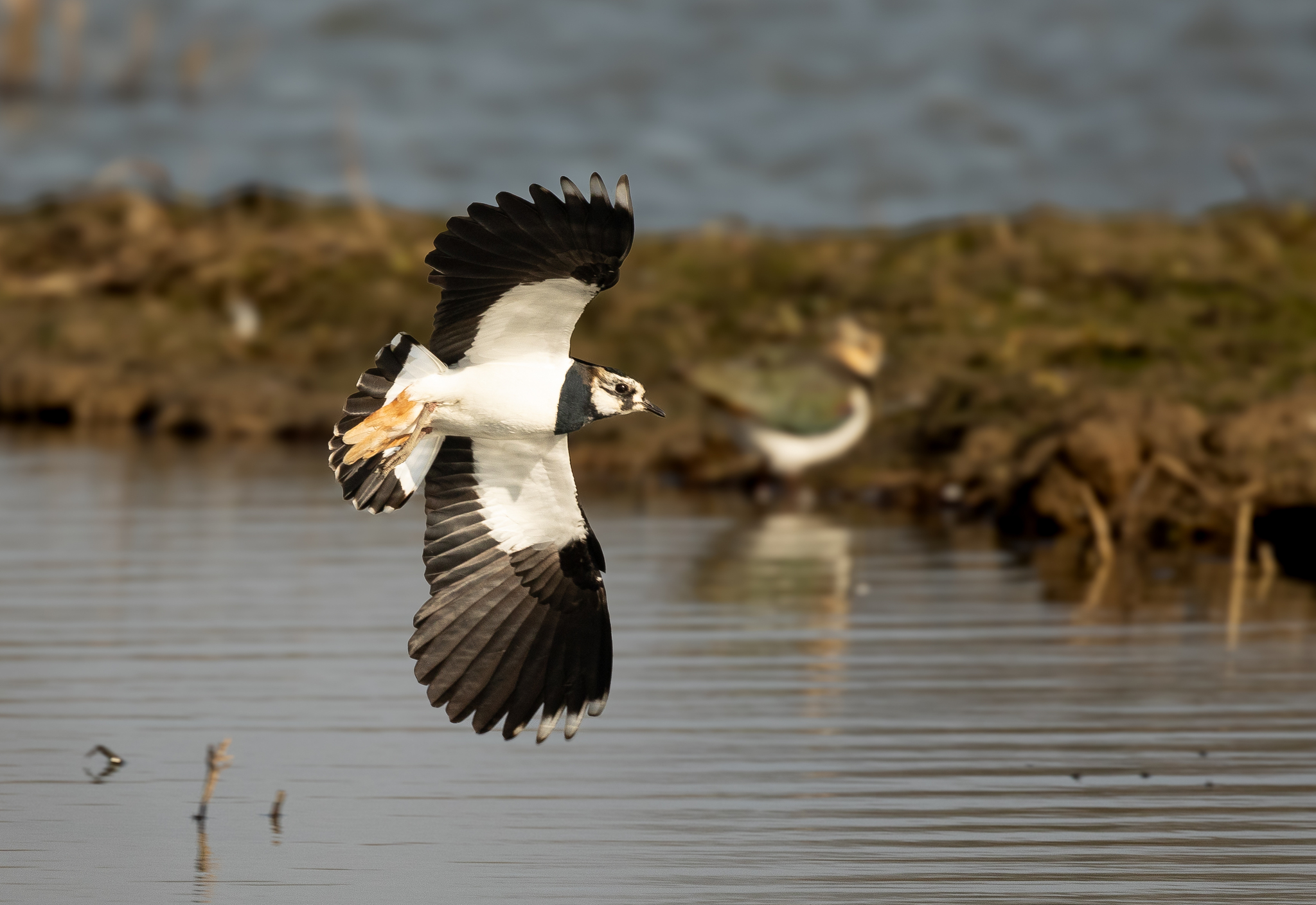
Lapwing
Image: Jon J. Laysell
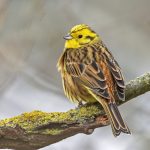
Yellowhammer
Image: Migel Voaden
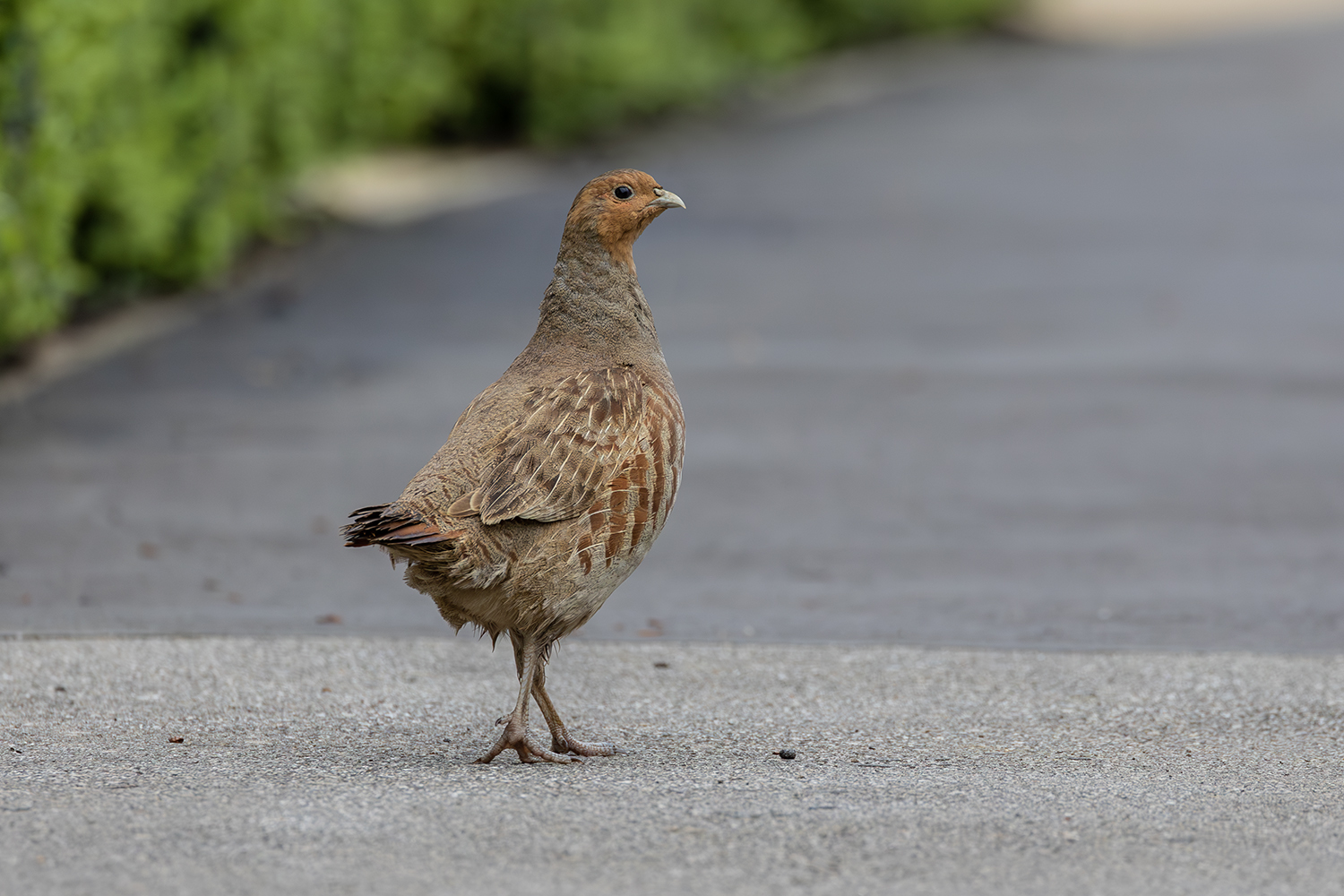
Grey Partridge
Image: Matthew Kwan
Capital Works
The project successfully engaged five farms across the Liverpool City Region and delivered a range of targeted habitat improvements. The project worked collaboratively with landowners designing capital works tailored to each farm’s business model, soil type, surrounding habitats and hydrology. Capital works were designed to align with existing agri-environment schemes such as Sustainable Farming Initiative (SFI) and Countryside Stewardship to provide financial support for the farm business and ensure the habitats were maintained beyond the project’s lifespan.
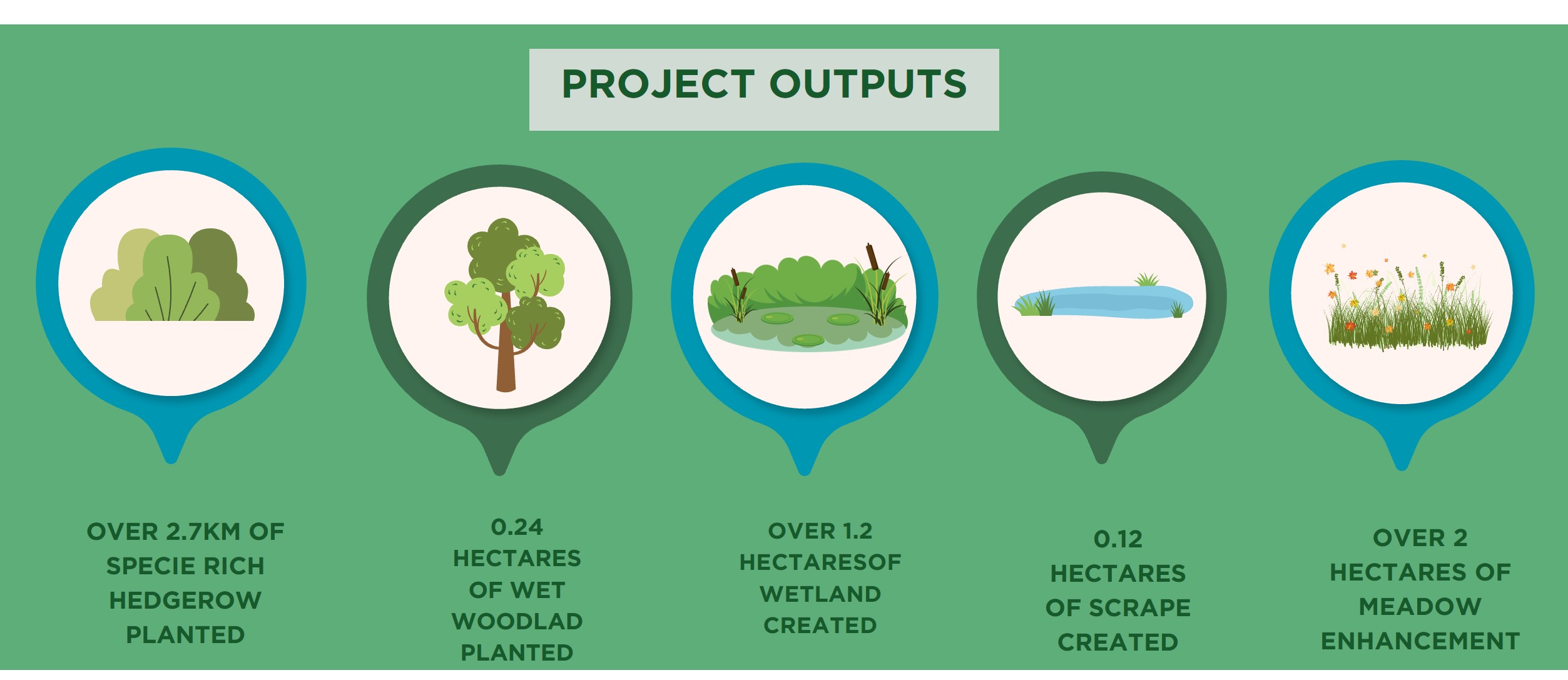
Native mixed-species hedgerow - Native mixed-species hedgerow increased habitat diversity, and improved habitat connectivity. As the hedgerows established, they will provide both shelter and food for many farmland species. By using a diverse range of native species we’re ensuring these hedgerows are resilient to climate change and disease to provide long-term benefits to farmland wildlife.
Wetland - The wetland was designed to benefit local water vole population by including both shallow scrapes and a deeper channel with a steep bank. The scrapes will support wetland vegetation, offer habitat for foraging and provide protection from predators. The deeper channel has been created to allow water voles to move safely through the area and provide suitable conditions for burrowing. Seed sourced from Martin Mere WWT was spread across the newly created wetland area to help promote the development of wetland grasses and wildflowers to provide further foraging and roosting habitat for additional target species of the project, including lapwing and corn bunting. This area will offer a resource-rich environment for chicks during their critical early stages. The area will also support a wider range of wetland species, adding to the overall biodiversity of the farm. The wetland also offers a practical solution for managing water in low-lying fields that are prone to flooding. By directing excess water into these shallow depressions, they help reduce the risk of water spreading across agricultural land, protecting grazing pasture from standing water and minimizing the loss of productive land. This natural approach not only enhances flood resilience but also promotes better land management.
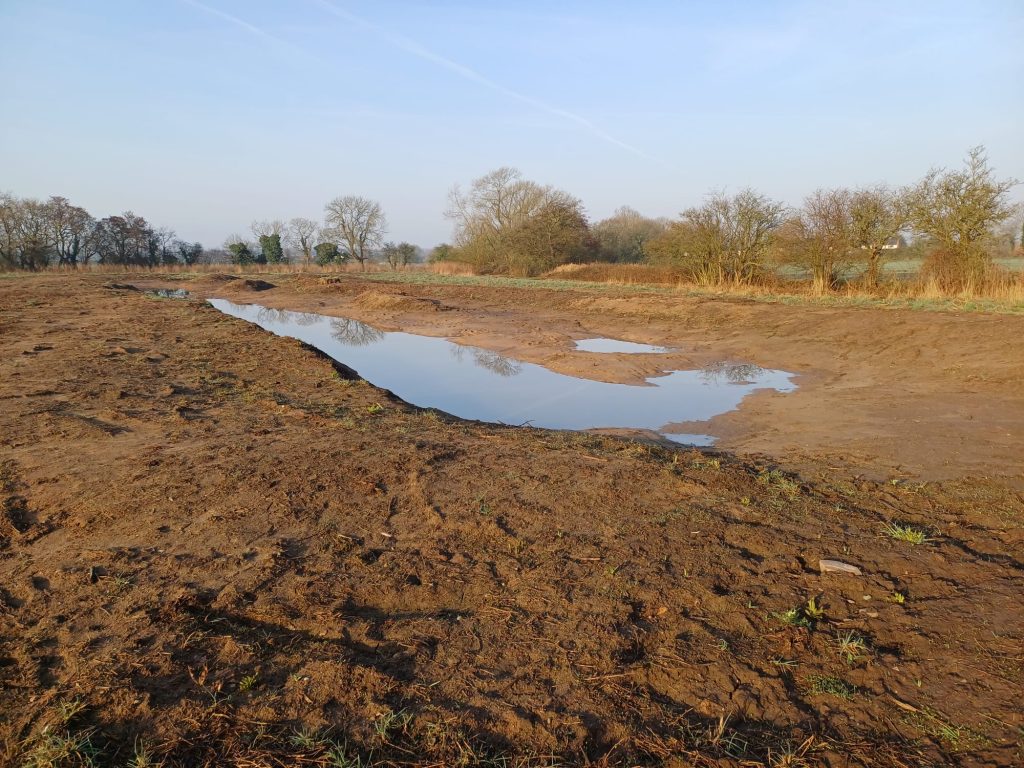
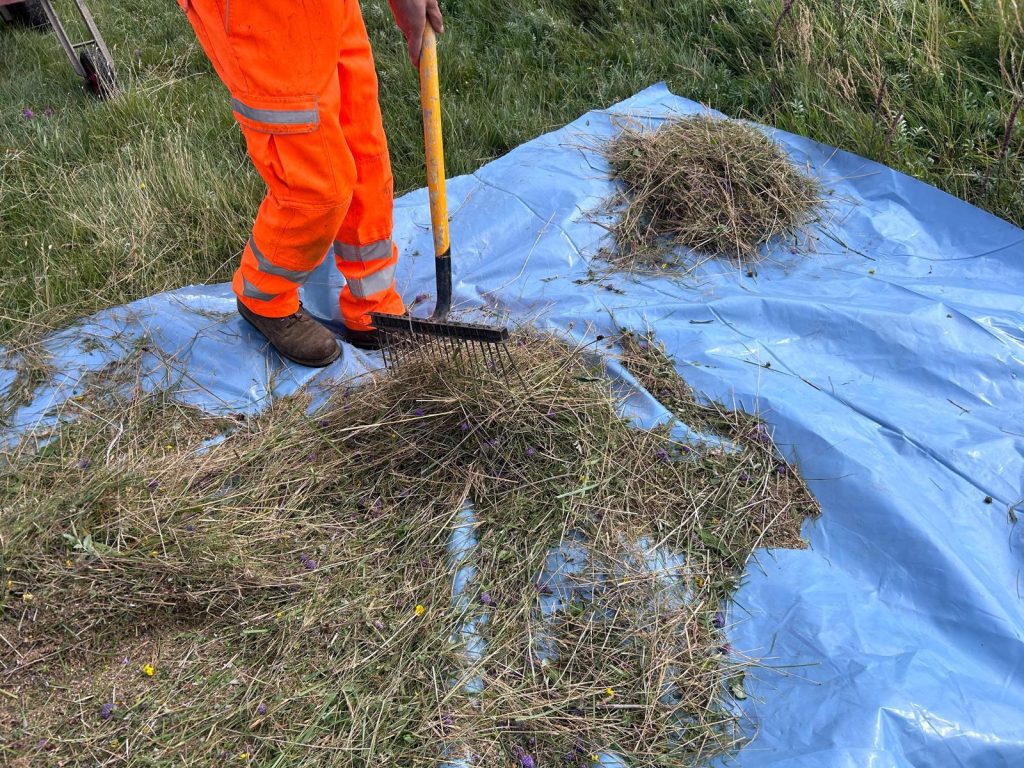
Scrapes - The scrapes will act as temporary water storage during periods of heavy rainfall to reduce the impact of flooding on the surrounding agricultural land. Storing this water also allows for sediment settlement, which reduces soil run off into waterbodies, which in turn reduces diffuse pollution and improves the local water quality. The scrapes and pond will benefit a wide range of species, including breeding and wintering birds, invertebrates and amphibians.
Wet woodland - Wet woodland containing willow species, alder, and black poplar were planted, linking two existing copse. The inclusion of native black poplar trees, procured in partnership with Chester Zoo, supports one of the UK’s rarest native trees. The creation of wet woodland adds structural diversity to the landscape and will provide roosting
habitat for birds, along with increasing local insect populations which are a crucial food source for yellowhammer, tree sparrow, corn bunting, and skylark, especially during the breeding season.
Meadow Enhancement - Permanent grassland was enhanced to create a species rich meadow, working with WWT Martin Mere to collect seed from the site's species-rich wet grassland meadows. The seed was brush harvested and transported to Kiln Farm in Ince Blundell. Using a local seed source means the species mix reflects local native grasslands and will support locally native wildlife. Species-rich meadows provide an ideal balance between biodiversity and climate benefits, their deep-rooted plants and healthy soils capture and store significant amounts of carbon underground, while their diverse wildflowers and grasses sustain a wide range of pollinators throughout the year. A rich diversity of invertebrates are an essential food sources for species such as corn bunting, yellowhammer, and skylark.
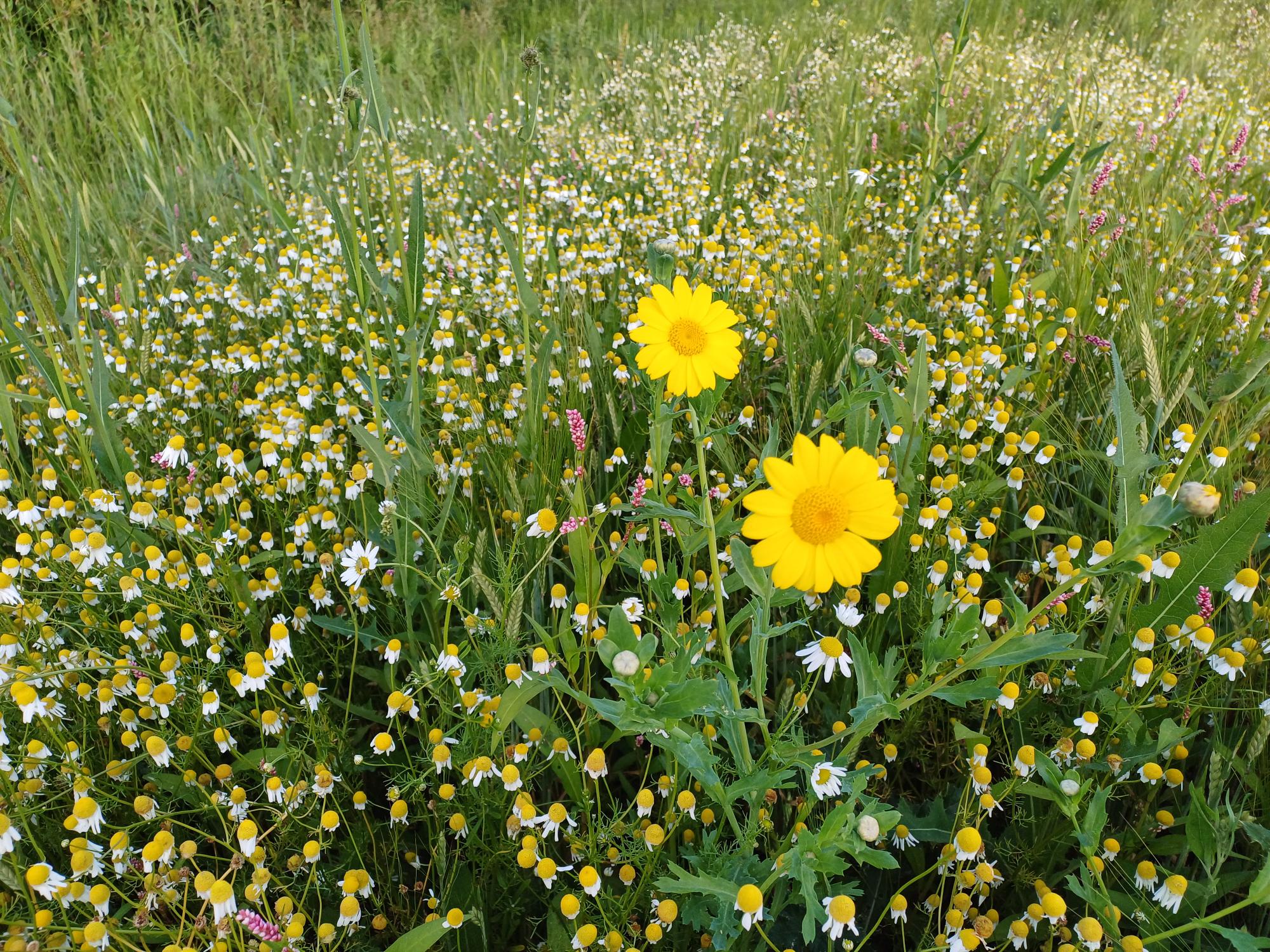
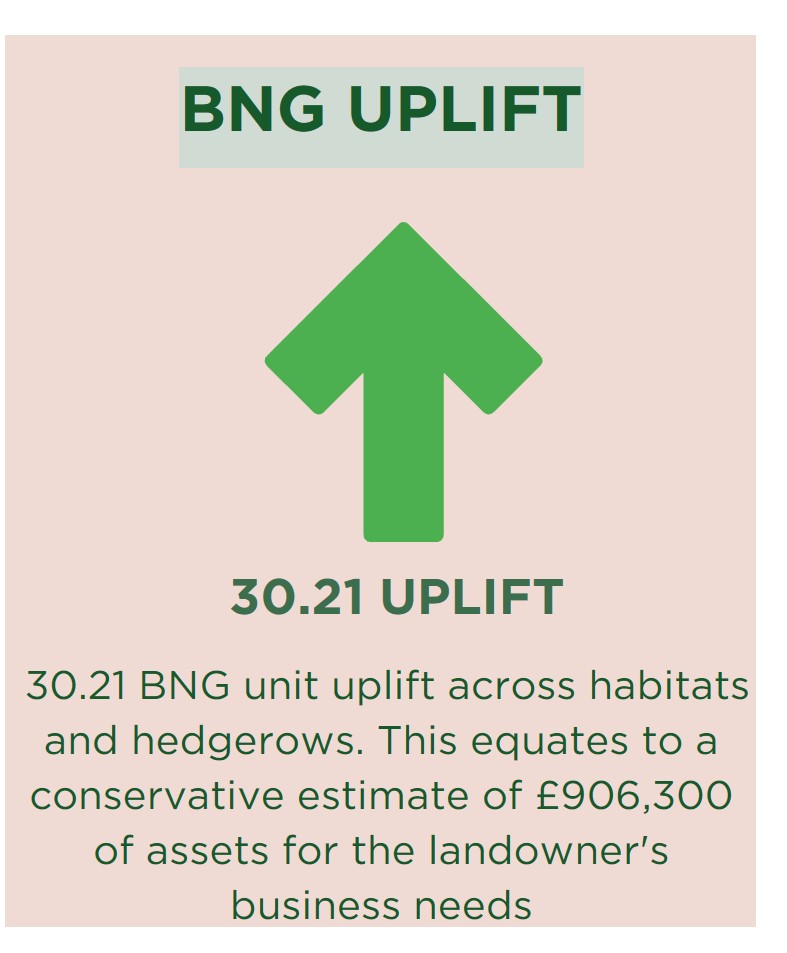
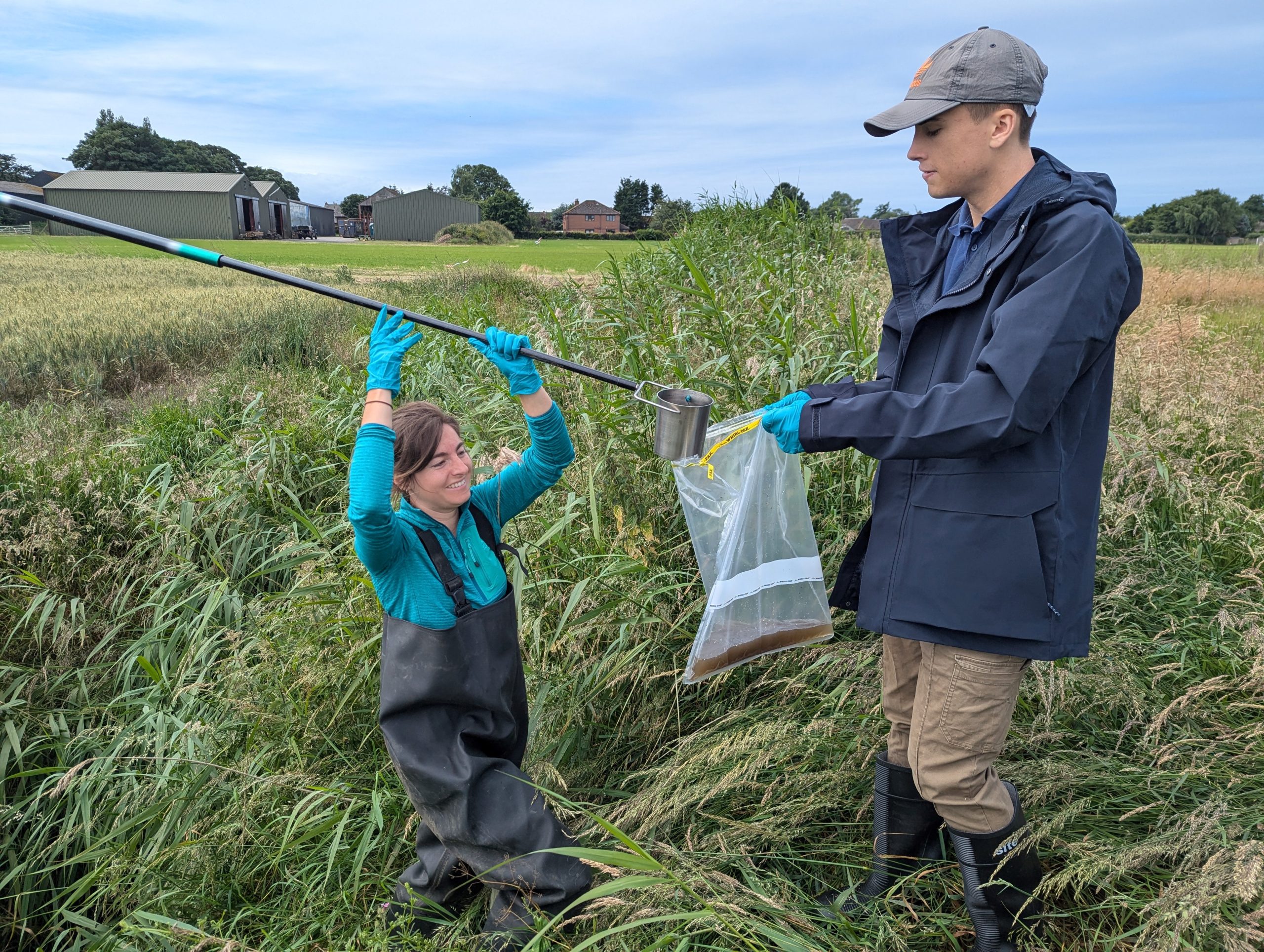

Working with the NFU provided vital support in aligning conservation actions with existing agri-environment schemes. Their understanding of funding mechanisms ensured that measures proposed were realistic and compatible with current policy frameworks, helping to increase uptake and long-term viability of on-farm conservation efforts.

Merseyside Rivers Trust contributed specialist ecological expertise, particularly around key species such as water voles and farmland birds. They also supported baseline monitoring through technical survey work, including the use of eDNA methods. This input enhanced the project’s capacity and improved the accuracy and depth of ecological data collected.
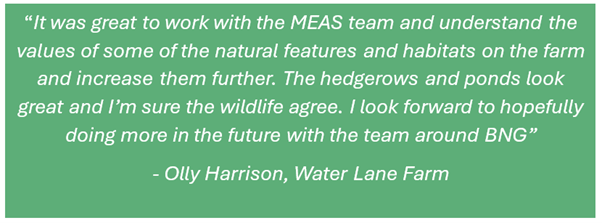
By establishing strong relationships with local farmers, we’ve created a network of conservation advocates who promote sustainable practices within their communities. These partnerships open doors for future collaborations and provide valuable channels for wildlife reporting, with farmers contributing species sightings to the Mersey Biobank, enriching regional biodiversity data.
Farmers play a key role in shaping agricultural and environmental policies, ensuring a balance between productivity and conservation. Together, these efforts strengthen both immediate and long-term conservation goals.
Beyond The Project
To aid long-term management, a report was commissioned from the National Farmers Union (NFU), outlining relevant agri-environment schemes that farmers can utilise to support the upkeep of capital works assets.
In addition, Species Recovery Plans have also been created for each farm, providing practical, site-specific guidance to support target species and habitat interventions. These plans were shared with farmers and are available to view in the links below.
Project post-project monitoring began in Spring 2025 and MEAS will continue monitoring the habitats created on farms to assess the success of capital works and continue to work with the farmers on appropriate habitat management on the farms.
